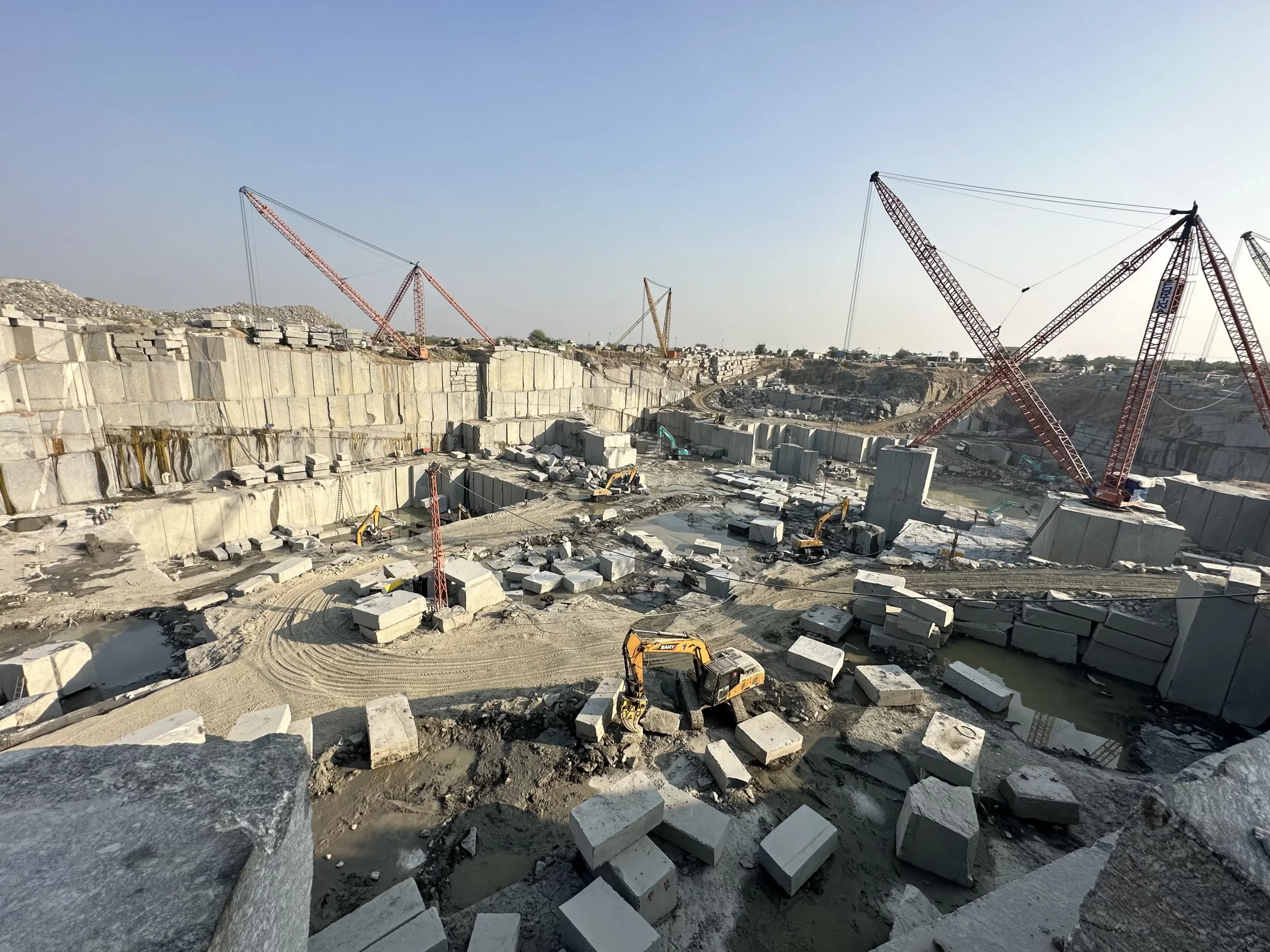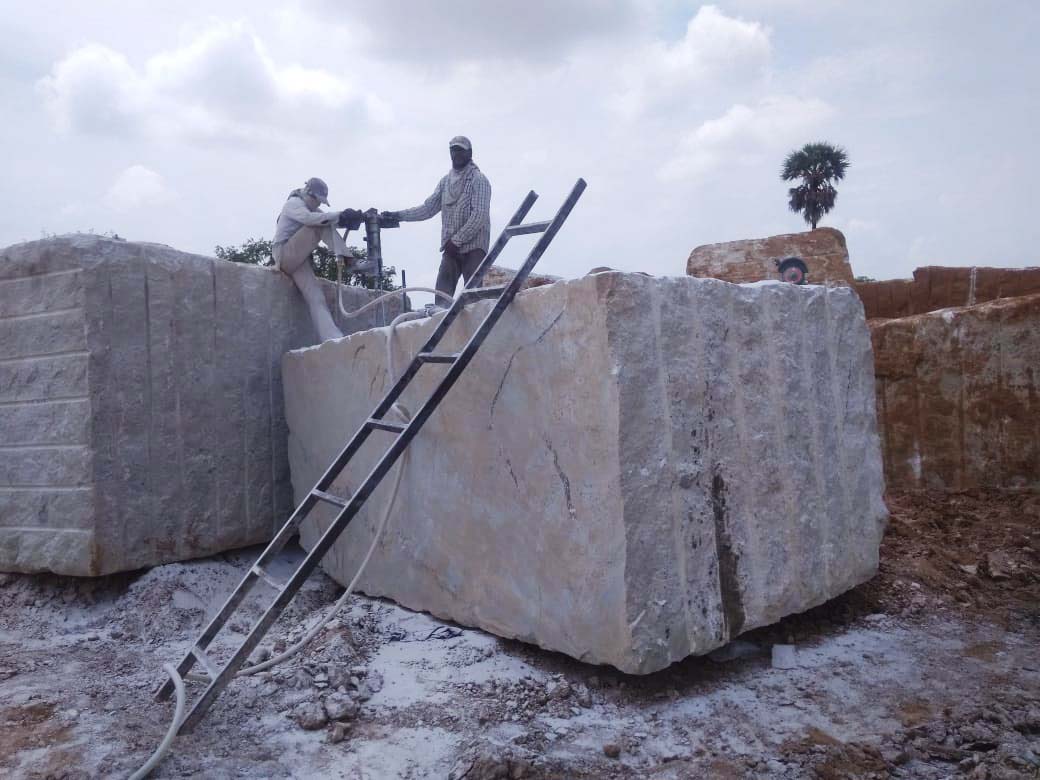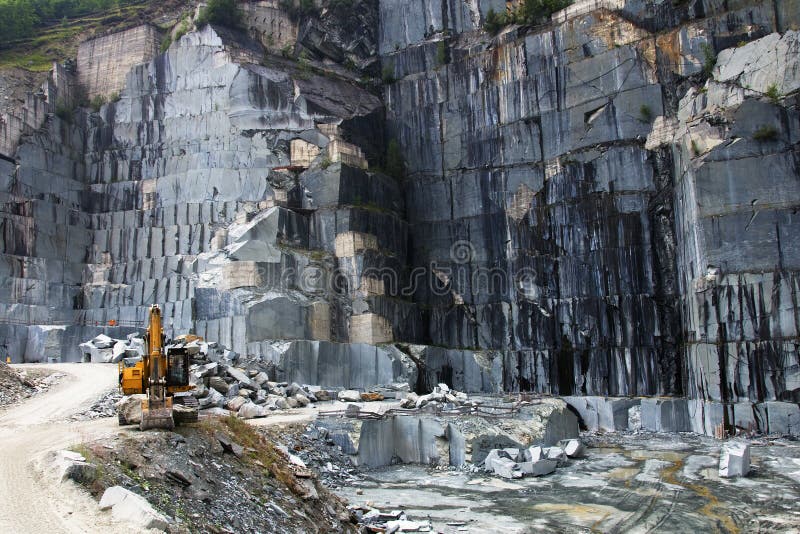A Trip Through Granite Quarries in South Africa: Unveiling Nature's Virtuosity
A Trip Through Granite Quarries in South Africa: Unveiling Nature's Virtuosity
Blog Article
Uncovering the Rich Background and Sustainable Practices of Granite Quarrying
As we stand on the precipice of uncovering the intricate tapestry of granite quarrying, a trip through time discloses not simply the physical act of removing rock yet also the cultural and historic significance woven right into the really material of this practice. From the old beginnings that laid the structure for contemporary quarrying strategies to the sustainable techniques that are shaping the future of this sector, each carve mark on granite surfaces informs a tale waiting to be uncovered (granite quarries in south africa). The tradition of granite quarrying extends far beyond plain extraction; it is a testament to human ingenuity, durability, and the long-lasting allure of this magnificent rock
Ancient Beginnings of Granite Quarrying
Going back to ancient people, the technique of quarrying granite has been an indispensable part of human background and building development. The earliest evidence of granite quarrying go back to ancient Egypt, where substantial pyramids and elaborate sculptures were crafted from this sturdy rock. The Egyptians utilized primitive tools to remove granite blocks from quarries, showcasing the importance of this material in their huge constructions.
Moving on in background, the Greeks additionally made significant contributions to the quarrying of granite. The Greeks used granite in different architectural marvels, such as temples and statues, demonstrating their ability in shaping and sculpting this hardy stone. The Romans additionally fine-tuned the methods of quarrying granite, utilizing innovative devices like blades and hammers to extract and form granite for their iconic frameworks.
Via the centuries, the technique of quarrying granite has actually progressed, with modern-day innovations enhancing performance while maintaining the timeless allure of this natural stone - granite quarries in south africa. From ancient people to contemporary building contractors, the heritage of granite quarrying remains to form our globe
Development of Quarrying Methods
The development of quarrying techniques has actually been noted by a continual development in the direction of better effectiveness and precision in extracting granite. Early quarrying methods involved hand-operated labor with standard devices such as knives, hammers, and wedges to extract granite blocks from the earth.
Improvements in computer-controlled tools and 3D modeling have actually enhanced quarrying procedures, leading to minimal ecological effect and improved sustainability methods. As the demand for granite continues to climb, the evolution of quarrying techniques continues to be integral to meeting sector needs effectively and sustainably.
Cultural Importance of Granite
Granite holds an extensive social importance across different worlds because of its enduring presence in architectural work of arts and admired monoliths. From the impressive pyramids of Egypt to the complex carvings of the Angkor Wat temple in Cambodia, granite has been a material of selection for revealing magnificence and long life in social heritage. In old Rome, granite columns embellished temples and public buildings, representing toughness and durability. The social importance of granite expands beyond its physical characteristics; it embodies resilience, stability, and eternity, making it a sign of sustaining traditions and practices.

Sustainable Practices in Quarrying
In the middle of the rich history of granite quarrying and its cultural value lies a growing emphasis on lasting methods within click here to find out more the industry. As important source environmental understanding and problems concerning resource exhaustion have actually enhanced internationally, the quarrying industry has progressively welcomed sustainable approaches to reduce its effect on the environment and surrounding areas.

In addition, reclamation and rehabilitation of quarry websites post-extraction are important to lasting methods. By restoring quarried locations to a natural or valuable state, such as producing wild animals environments or recreational areas, quarriers can counter the environmental impact of their procedures and contribute positively to the local community.
Heritage of Granite Quarrying
With a historical backdrop steeped in workmanship and commercial progress, what withstanding impact has granite quarrying left on the landscape of modern-day society? The legacy of granite quarrying transcends mere extraction practices; it has actually shaped building marvels, urban landscapes, and cultural heritage worldwide. The long lasting nature of granite has made it a preferred selection for monoliths, buildings, and infrastructure, standing as a testament to the skill and creativity of quarry employees throughout generations.
Additionally, the financial impact of granite quarrying can not be forgotten. The market remains to supply employment possibility and drive regional economic situations in areas where granite extraction prevails. It has actually additionally stimulated technological innovations in quarrying techniques and equipment, bring about much more effective and sustainable techniques.
In terms of sustainability, the legacy of granite quarrying includes efforts to minimize ecological effects through reclamation tasks and liable resource management. By balancing economic rate of interests with ecological stewardship, the market makes every effort to guarantee that future generations can remain to gain from this enduring natural deposit.
Verdict

Report this page